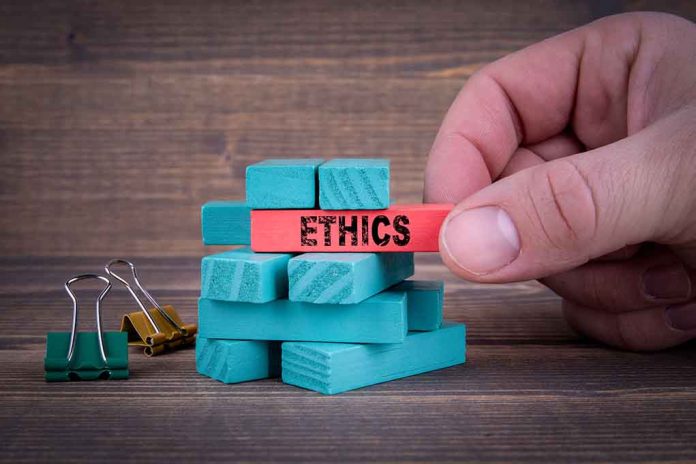
The CIA’s struggle to balance high-risk methods with civilian safety poses an ongoing ethical dilemma.
At a Glance
- The CIA avoids certain risky methods to protect civilian lives.
- The agency’s secrecy and use of the “Glomar” response limits transparency.
- The Freedom of Information Act (FOIA) aims to promote government transparency.
- Case Connell v. CIA challenges the agency’s evasive tactics.
The CIA’s Commitment to Reducing Collateral Damage
US intelligence reports show the CIA has historically avoided using certain high-risk methods due to their potential threat to civilian lives. This restraint reflects the agency’s commitment to reducing collateral damage. The hesitation to employ hazardous techniques highlights a broader ethical tension in intelligence operations, balancing the necessity of achieving strategic outcomes with the imperative of safeguarding innocent lives.
The agency’s mysterious nature was famously illustrated in its first tweet in 2014: “We can neither confirm nor deny that this is our first tweet.” This type of non-response, known as the “Glomar” response, allows the CIA to evade answering certain questions, citing the need to protect national security interests. The Glomar response has been a strategic tool for avoiding disclosure about various sensitive operations, including failed missions and controversial practices.
Historical Use of Glomar Response
Shortly after the Freedom of Information Act (FOIA) was enacted in 1966, the CIA employed the Glomar response to avoid disclosing information about a mission aimed at recovering a Soviet submarine. Despite contracting Howard Hughes to build a specialized ship for this covert mission, the endeavor failed. The CIA continued to use the Glomar response to prevent confirming or denying the existence of related records, effectively shielding the agency from accountability and public scrutiny.
The Glomar response has increasingly become a method for evading responsibility and transparency, especially post-9/11. The CIA has used it to avoid disclosure on issues ranging from drone strikes and extrajudicial killings to spying on Congress. This tactic is not limited to the CIA; other state agencies, like the NYPD, have also attempted to use Glomar responses to avoid public records requests.
Today on #TheLangleyFiles: hear from CIA's Deputy Director for Digital Innovation and Chief Artificial Intelligence Officer as they discuss the "ones and zeros" of #spycraft in the 21st century and how #CIA is applying digital #tech to protect America.https://t.co/MNqGbbOdik pic.twitter.com/GMna3naOCp
— CIA (@CIA) March 28, 2024
Challenges to CIA’s Transparency
Attorney James G. Connell III filed a FOIA request concerning the CIA’s control over Camp VII at Guantánamo Bay. The agency partially denied the request using a Glomar response, despite extensive public evidence about the camp. This refusal to acknowledge records contradicts the principles of FOIA and undermines government transparency. The case Connell v. CIA aims to challenge the agency’s use of the Glomar response and could set a precedent for other government entities seeking to evade accountability.
As the CIA continues to navigate the fine line between maintaining national security and upholding ethical standards, its use of high-risk methods and secretive responses remains a significant point of contention. The enduring debate over transparency and civilian safety underscores the chronic ethical quandaries in intelligence operations.





